World Cultural Events November 2018
MUSIC AND
PERFORMING ARTS
MUSIC AND PERFORMING ARTS
01 / 11 / 18
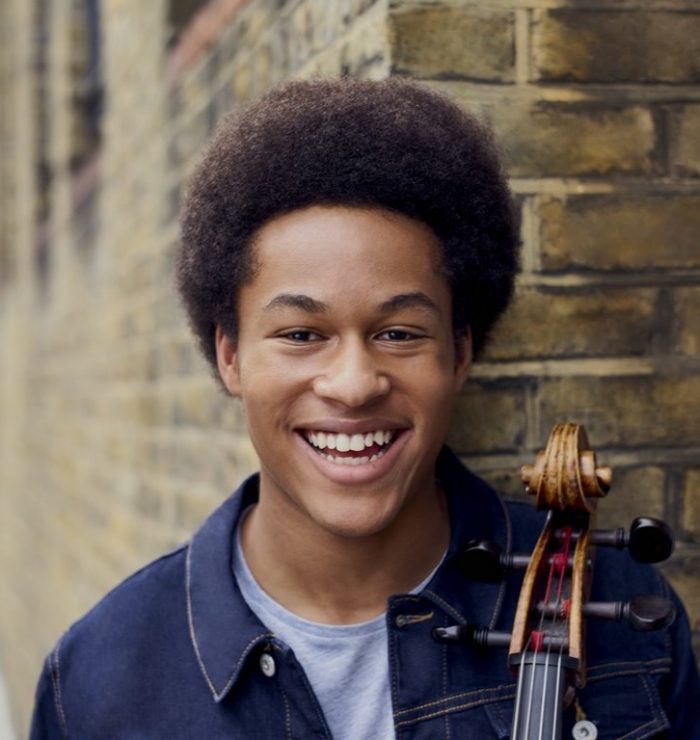
Sheku Kanneh-Mason cello, Isata Kanneh-Mason piano
Liverpool, November 30
Cellist Sheku Kanneh-Mason is one of the last sensations in the world of classical music. His fantastic debut album, Inspiration, showed an unusual clairvoyance for a musician of his age and a forceful way of attacking the most diverse scores: from a cello concerto by Shostakovich to his particular version of No Woman no Cry, a theme popularized by Bob Marley, without forgetting, of course, his recognition of the work carried out by our Pau Casals, with a subtle interpretation of El cant del ocells. Surely, the performance of Sheku Kanneh-Mason in the marriage ceremony of Prince Henry brought the massive recognition of his abilities, beyond the circle of music lovers. In Liverpool, at the beginning of the month, an event with an orchestra has been scheduled in which he will perform Edward Elgar's fabulous concert, but the tickets have been sold out for weeks.
The recital we recommend, unlike what has happened with its programming at the London Barbican (also "Sold out") does have tickets available, although it has had to be moved to the large hall of the Liverpool auditorium ("Due to high demand, this performance will now take place in the main Auditorium, and not the Music Room as previously advertised"). Sheku Kanneh-Mason is, in fact, only one of the seven brothers, all of them musicians, who progressively -we can foresee- could be starring in events as interesting as the current, at the moment in duo format: Sheku and Isata (piano) will play a virtuoso and diverse repertoire, with pieces by Boccherini, Debussy, Poulenc and Brahms.
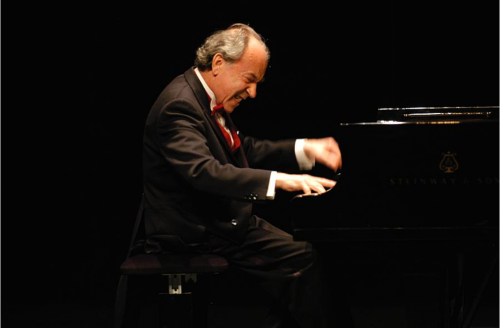
Paul Badura-Skoda
Viena, November 6
Listening to Paul Badura-Skoda at the Musikverein play the three latest sonatas for piano by Franz Schubert can signify an unforgettable occasion: a triple Viennese recital (composer, performer and audience) to remember forever.
The veteran pianist, born in Vienna in 1927, was one of the most discreet musicians of a generation of great virtuosi, without claiming attention or benefiting from excessive promotion. However, his recordings are numerous and high-quality, centred above all on the Viennese repertoire (Mozart and Schubert). His interpretative praxis still stands out for the warmth and intelligibility of its the melodic lines. He never wanted to astound on the basis of a strident virtuosity but rather to look for the most natural and fluid way of spelling the compositions’ intricacy, either with a vintage instrument, a fortepiano similar to those used by composers, or with a modern piano (which will foreseeably be used to reach listeners in the large hall of the Viennese auditorium). Schubert's last three sonatas have been understood as a musical testament, since they were composed in the last months of life and are amongst his most elaborated works. Of course, they are also appreciated for the presence of passages of tremendous beauty and an undisguised melancholy. The management of materials by Schubert -that tendency of repetition in cells- provokes not only a greater awareness of the musical fact by the listener, but the apperception of the timbre of the instrument itself, which dialogues with silence -non-being- in such a manner that is both beautiful as abysmal. Nobody better than Badura-Skoda to accompany us through the ontological reality of the gap, that opens in the absence of a meaning and the search for it. A search that we may consider urgent in the case of a Schubert, aware of his illness and the proximity of the end.
Symphonieorchester des Bayerische Rundfunks
Tokyo, November 22
The Symphonieorchester des Bayerische Rundfunks, one of the most important orchestras in the old continent, is used to performing in the main concert halls, all over the world. It has been conducted by fundamental names such as Leonard Bernstein, Wolfgang Sawalisch, Carlos Kleiber or, recently, Daniel Harding.
At present the titular conductor is Mariss Jansons, a visionary musician, with a commendable capacity to promote powerful versions of the most complex symphonic repertoire, maintaining an impeccable clairvoyance of the structure of the sound monuments that he performs. Due to a late cancellation, the charismatic Zubin Mehta will assume his place and a new program, still focused on Gustav Mahler's work, which on November 10th will have been performed at its most frequent location, the Gasteig concert hall in Munich. The intricate and excessive sound effects that the Bohemian composer recomposes with an uncommon courage -that timbre-kaleidoscope, that confluence of traditions- can be heard in Tokyo together with Mozart’s magnificent last symphony, in a context and culture that is manifestly far from the place of birth of those artists, but that has shown real interest in compositions, directors and Western interpreters. Distance not only provides perspective but a different vision on the same. Undoubtedly, context contributes to the meaning of the text, that is, of the work performed. Who could, in this sense, be able to attend both events, so similar and so different!
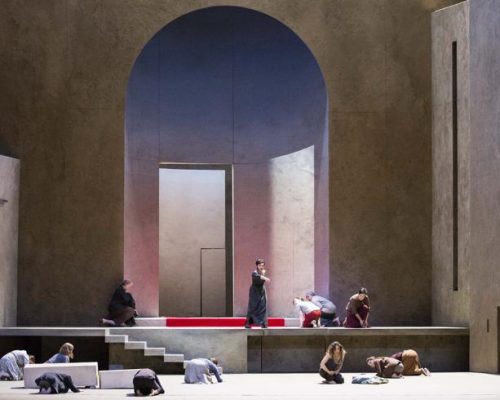
ELEKTRA
Milan, from November 4 to 29
The staging that Patrice Chéreau conceived for Richard Strauss' Elektra is set at the prestigious Teatro alla Scala in Milan. This was the last contribution of the French metteur en scène,
much appreciated at the Festival of Aix-en-Provence and that also could be admired at the Gran Teatre del Liceu, two seasons ago. It stands out for the sobriety of the lines and proportions, reminiscent of the Greek context, in which Strauss’ tragedy is inspired. In the Milan version, in addition, there will be a musical director of the highest level, such as Christoph von Dohnányi, and a vocal cast that offers the best guarantees: Ricarda Merbeth, Waltraud Meier, Michael Volle and Roberto Saccà, in the main roles.
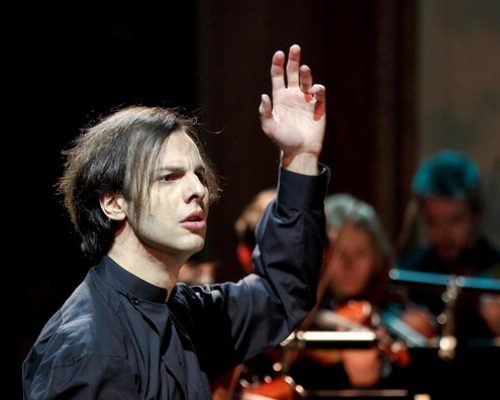
Teodor Currentzis & MusicAeterna
Madrid, November 28
Theodor Currentzis has been crowned as the enfant terrible of musical direction, since its emergence in the classical scene, in recent years. It seems, however, that he has already accumulated enough merits to be considered more than just a revolutionary.
In fact, he has become part of the best programs and events -tickets exhausted in all his concerts, this summer, at the Salzburg Festival- maintaining, however, a completely incorruptible attitude, which can either bring success or apparently capricious performance decisions. The fame that he obtained thanks to Mozart's operatic trilogy is still a good example of that: excellent version of Le nozze di Figaro, interesting Cosí fan tutte and, nevertheless, a disappointing Don Giovanni. In any case, the passionate nature of the young conductor guarantees deep emotions in his concert at Madrid’s Auditorio Nacional, especially taking into account the program. A program focused on the work of another provocateur -or at least a renovator, we talk about Gustav Mahler- who, along his lifetime, fascinated some of his contemporaries and was despised by others. Kaleidoscopic and syncretic, his work brings together influences, traditions (colours and rhythms) of diverse provenance. Both the Des Knaben Wunderhorn song cycle and the Fourth Symphony, closed by a sung movement, are works -the two programmed on the occasion, with the leading role of the baritone Florian Boesch and the soprano Anna Lucia Richter- representative of his way of composing and of his love for nature, in which the human longing -to repair the split and become reunited with the original element- installed in a tragic consciousness, typically fin de siècle- is evident.
< LAST MONTH NEXT MONTH >
EXHIBITIONS
EXHIBITIONS
01 / 11 / 18
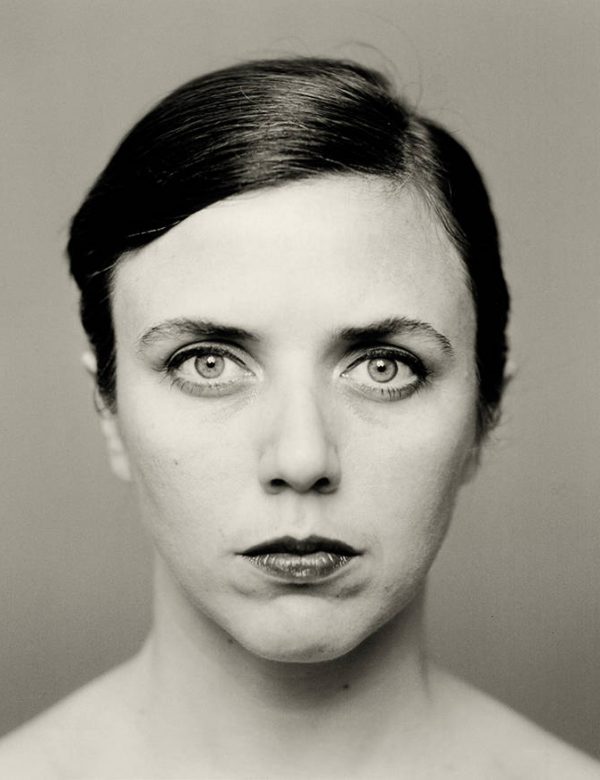
Humberto Rivas. The image creator
Madrid, until January 5
The Mapfre Foundation offers a retrospective exhibition focused on the work of one of the most influential photographers in the cultural context of Barcelona, during the last decades of the twentieth century, and of the fundamental artists to understand the history of photography in Spain. Arrived in 1976 from Buenos Aires, Humberto Rivas stood out for the idiosyncrasy of his artistic language. As the organizers point out, Rivas was "the opposite of an 'instantaneous hunter'. His work had nothing to do with chance, not even with the false audacity of voyeurism. He was an image builder. He worked essentially in the studio, and outdoors he did it thinking globally about the whole of his work. With his work, Spanish photography opened up to a new way of documenting, in search of the imprint of time, culture, and memory. His images always incorporate the viewer's gaze, and in them there is always a possibility of dialogue". In fact, the subject's invitation to be portrayed is something that the photographer himself proposed, suggesting the reciprocity of influences in the course of the creative process. "His characters, who, like the city's landscapes -as he liked to say- 'choose it to be recorded by his camera', attend to a particular contradiction: they are landscapes without people and people without landscape; either one or the other, never both in the same image".

PICTURE FICTION: KENNETH JOSEPHSON AND CONTEMPORARY PHOTOGRAPHY
Chicago, until December 30
The overabundance of images that surrounds us daily, composing -almost as a collage- the reality that is perceived continuously, is reflected in a self-critical way in the sensational exhibition offered
by the Museum of Contemporary Art of Chicago, under a sufficiently eloquent title. Picture Fiction: Kenneth Josephson and Contemporary Photography reflects to a large extent the contribution of the North American photographer. Born in 1932, over the decades he developed a kind of "conceptual photography" that transcends self-consciously the mere capture of reality, to show that photographs are not neutral, especially not when they seem to naturally represent something. There is always an idea that is being developed, with a more or less conscious intentionality, and some type of artifice (in the selection, what is chosen to represent, apart from the whole reality): "Josephson’s work focuses on the unique qualities of a photograph, specifically how it is cropped, reproduced, circulated, or archived. Using visual techniques such as taking photographs of photographs, his images often comment on themselves with a wry sense of humor". The superposition of images within the frame of a snapshot opens the possibility of inherent perspectives for a look that is never the only adequate, even when the image which is massively reproduced is a single one.
Egon Schiele - Jean-Michel Basquiat
Paris, until January 14
Egon Schiele and Jean-Michel Basquiat, misunderstood in their respective times due to the iconoclastic vehemence of their works, are reunited in the exhibition of the Fondation Louis Vuitton.
Starting from an evident temporal distance -the first was born at the end of the Austro-Hungarian Empire, the second in the New York of the 80s- both manage to question the artistic status quo through a creativity that dramatically departs from the mainstream, with regard to “good taste” and technique. The untimely and untameable nature of their proposals is crowned mythically with the fatality of a short life (28 years) as if such intensity could not be deployed for more than three decades.
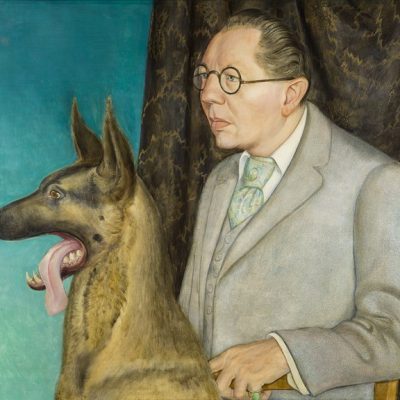
MAGIC REALISM: ART IN WEIMAR GERMANY 1919-33
London, until July 14
Perfectly aware of the inadequacy of the term "magical realism", the organizers of the exhibition focused on German inter-war art, in the Tate Modern, still use that denomination like a provocation
(it is usually applied to the type of literature produced in Latin America, which combines traditional elements, a priori exempt from all mysticism, with the surprising presence of the spiritual or the incredible, in its multiple variants). Paintings by well-known artists such as George Grosz or Otto Dix -as well as those created by less popular ones, for example, Albert Birkle or Jeanne Mammen- offer a crude representation of that kind of reality that, hardly credible, is nevertheless real. They all reflect, in the words of the organizers, "a shift from the art of the expressionist era, towards cold veracity and unsettling imagery. In the context of growing political extremism, the new realism reflected a fluid social experience as well as inner worlds of emotion and magic". Ways of life common in their time, but very contrasted, are relentlessly reflected with techniques close to the most primitive art, sometimes simplistic or grotesque, challenging even the yearning of experimentation of previous generations. The topics are also distanced from the “academy”, indeed very distant: from the disasters of the First World War to the new modes of entertainment, unbearably antithetical or receiving a playful feedback. The title of the exhibition -used in the description of the exhibition- becomes, thus, significant, apparently inviting high intensity experiences: “Encounter the uncanny and mysterious through the art of the Weimar Republic”.
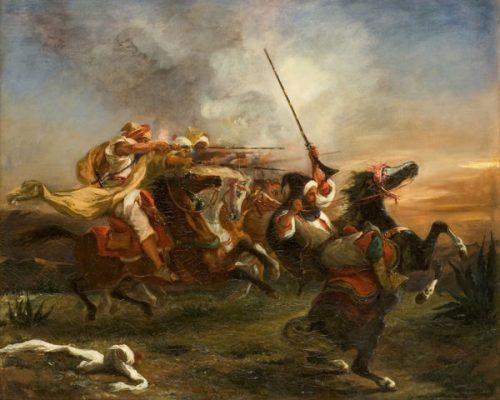
Delacroix
New York, until January 6
The wonderful exhibition that the Louvre devoted to Eugène Delacroix until July 23rd, one of the most emblematic painters of the French romanticism, involved other fundamental Museums, like the Metropolitan of New York, that takes it over.
For those who could not enjoy the exhibition in the capital of the country where the artist was born, they will now have the opportunity to visit it in the new world, who knows if with a different gaze. Delacroix, who portrayed artists like Chopin, is appreciated for the richness of his colour palette and the expressiveness of the stroke. In the Metropolitan, the spectator will be able to meet canvases like the iconic La liberté guidant le peuple. Contrary to what one might think -taking into account the insatiable reproduction of many of these works, almost converted into prints- Delacroix not only achieves transporting the spectator into those scenes, but also makes him participate in a state of mind that transcends the canons of what may be artistically proper. The agitation, the emotions that depicts aim at the spectator’s own gaze. After all, the romantic mentality -in spite of the avant-garde and artistic revolutions- is still one of the most related to the current one, characterized by the search of intense experiences (which, by the way, is often confused with a rather banal thirst of the new).
< LAST MONTH NEXT MONTH >




